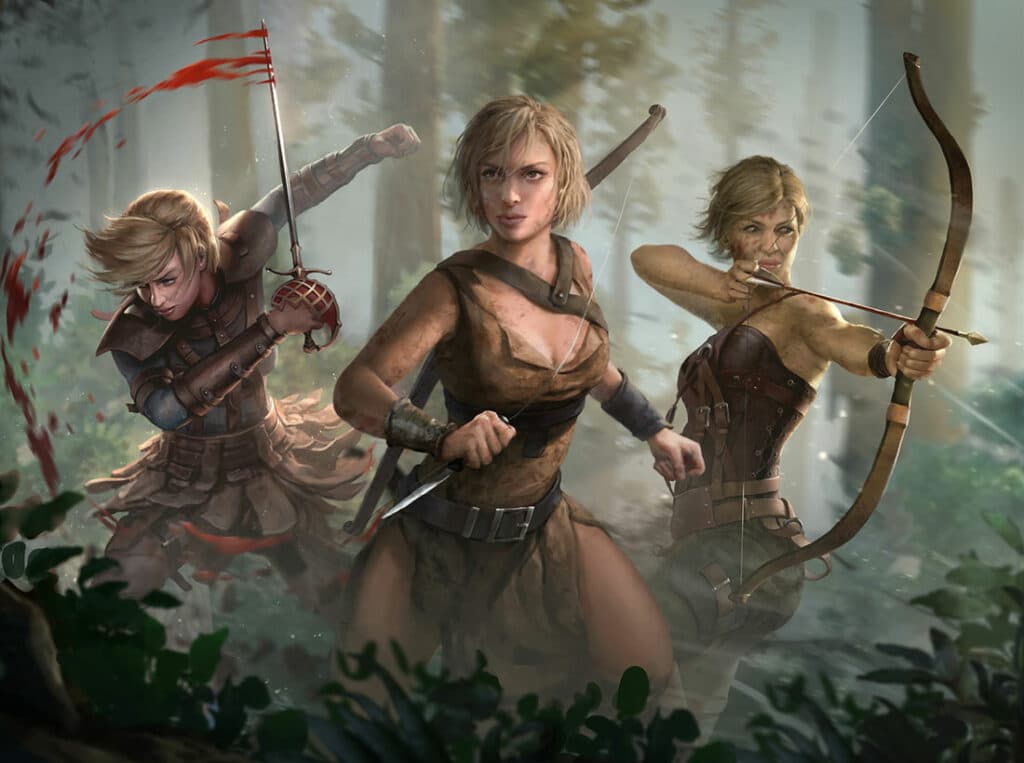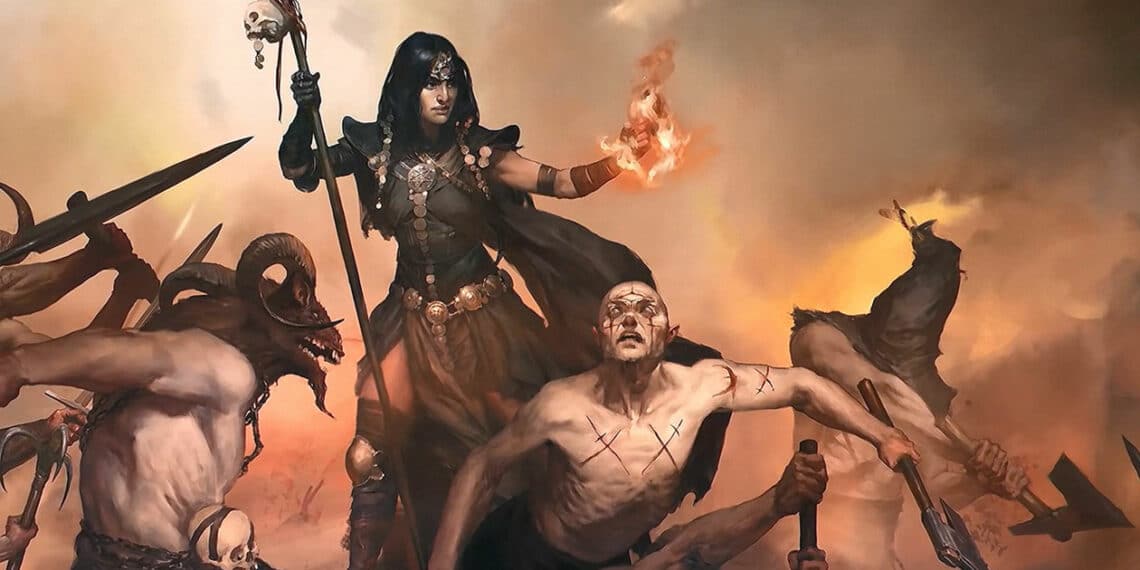Diablo IV and Path of Exile are two prominent action role-playing games that have captured the hearts of players around the world. Both games offer immersive worlds, intense combat, and deep character customization. In this article, we delve into the similarities and differences between Diablo IV and Path of Exile, examining their gameplay mechanics, progression systems, and overall player experience.
Key Takeaways:
- Diablo focuses on having unique character classes while Path of Exile uses a vast skill tree to differentiate play styles
- Diablo IV uses a dark, gothic setting while Path of Exile is fantasy post-apocalyptic
- Diablo IV uses light MMO elements while PoE has a trading system for players
- The two games have a wide variety of different endgame content
- Share your favorite moments in Diablo IV or Path of Exile on the Z League app
Gameplay Mechanics
Both Diablo IV and Path of Exile revolve around fast-paced and visceral combat, where players battle hordes of enemies in dark and atmospheric settings. While Diablo IV emphasizes fluid and responsive combat, Path of Exile leans towards a more complex and intricate combat system. Diablo IV places a strong emphasis on character classes and their unique abilities, providing players with distinct playstyles. Path of Exile, on the other hand, offers a vast skill tree with countless customization options, allowing players to create truly unique and specialized characters.
Character Customization and Progression
Character customization and progression play significant roles in both Diablo IV and Path of Exile. Diablo IV focuses on deep class customization, with skill trees, aspects, and itemization options that allow players to shape their characters to suit their preferred playstyle. Path of Exile takes customization to another level, featuring an extensive skill gem system, passive skill tree, and an intricate itemization system that provides unparalleled freedom in character development. Path of Exile’s complex progression system rewards careful planning and theory crafting, appealing to players who enjoy intricate character building.

World and Setting
Diablo IV and Path of Exile feature dark and atmospheric worlds, but they differ in their specific settings. Diablo IV embraces a medieval fantasy setting, where players traverse gothic landscapes, encounter monstrous creatures, and delve into dungeons. The game emphasizes a sense of dread and foreboding, immersing players in a world steeped in darkness. Path of Exile, on the other hand, presents a gritty and post-apocalyptic world known as Wraeclast, where players navigate through corrupted lands and unravel a deep and mysterious storyline. The distinct settings of both games offer unique atmospheres and lore, catering to different thematic preferences.
Multiplayer Experience
Both Diablo IV and Path of Exile provide multiplayer experiences, but with differing approaches. Diablo IV supports both cooperative and competitive multiplayer, allowing players to team up with friends to tackle challenges or engage in PvP combat. The game’s focus on shared adventures and seamless multiplayer integration promotes a sense of camaraderie and collaboration. Path of Exile, on the other hand, offers a shared persistent world where players can encounter and interact with each other but does not emphasize cooperative play as heavily. Path of Exile’s multiplayer experience tends to revolve more around trading and player interaction within the game’s bustling economy.
Endgame Content
Endgame content is a crucial aspect of any action role-playing game, and both Diablo IV and Path of Exile offer their own unique endgame experiences. Diablo IV is expected to introduce a robust endgame system that includes challenging dungeons, boss encounters, and powerful loot for players to chase. The game’s emphasis on progression and character power ensures that players have plenty of content to explore even after completing the main storyline. Path of Exile, renowned for its intricate endgame, offers an extensive mapping system where players can tackle difficult and randomized dungeons called “maps.” The game’s endgame content also includes challenging boss encounters and the pursuit of powerful and rare items.
While Diablo IV and Path of Exile share the action role-playing genre, they offer distinct gameplay experiences and cater to different player preferences. Diablo IV focuses on fluid combat, deep class customization, and an immersive medieval setting, while Path of Exile provides intricate character building, a complex skill tree, and a post-apocalyptic world to explore. Whether players seek a more streamlined and atmospheric experience or a deep and intricate gameplay system, both Diablo IV and Path of Exile offer captivating journeys that will leave players immersed in their dark and fantastical worlds.



